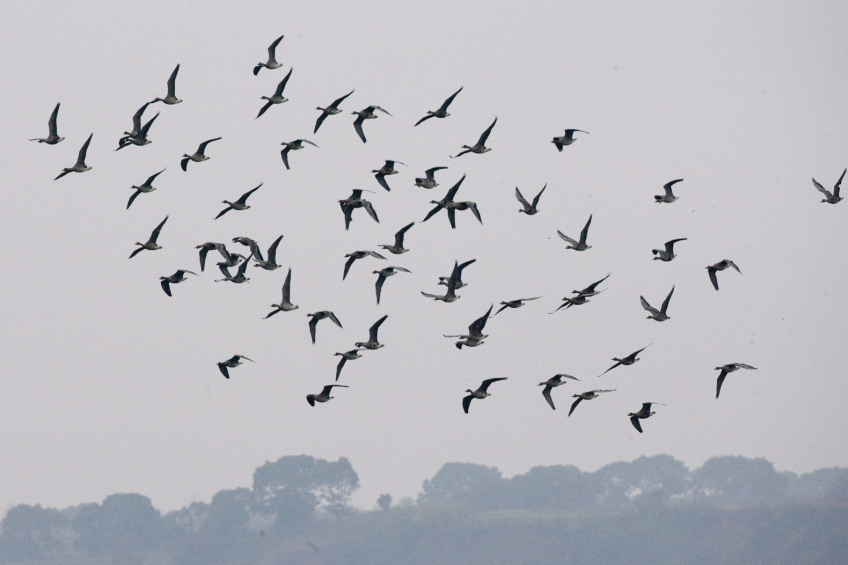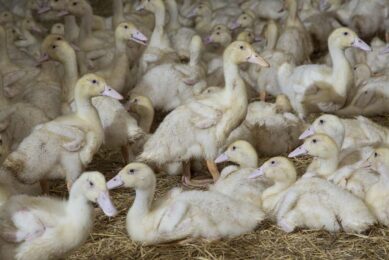USDA updates surveillance plans for AI migratory birds

The US Department of Agriculture’s (USDA) Animal and Plant Health Inspection Service (APHIS) has released two updated interagency plans related to the surveillance of avian influenza in wild birds.
As part of USDA’s on-going preparation efforts for highly pathogenic avian influenza (HPAI), these updated plans will help USDA with further monitoring of wild birds for the HPAI virus during the fall migration.
41,000 samples
Between now and March 2016, HPAI surveillance in wild birds will increase as APHIS Wildlife Services biologists and their State partners collect approximately 41,000 samples from apparently healthy wild birds from targeted areas throughout the United States.
The first updated plan— US Interagency Strategic Plan for Early Detection and Monitoring for Avian Influenzas of Significance in Wild Birds — describes a unified national system for migratory wild bird sampling involving Federal, State, university and non-governmental organizations. The second updated plan— 2015 Surveillance Plan for Highly Pathogenic Avian Influenza in Waterfowl in the United States— outlines specific wild bird surveillance efforts for 2015-2016. These efforts were led by the Interagency Steering Committee for Surveillance for HPAI in Wild Birds.
This committee is comprised of experts from USDA APHIS, the Department of the Interior’s US Geological Survey and US Fish and Wildlife Service, the US Department of Health and Human Services’ Centers for Disease Control and Prevention (CDC) and the National Flyway Council.
Early AI detection
“The early detection of avian influenza remains key to controlling its spread and minimising its effects,” said Dr John Clifford, USDA chief veterinary officer. “Many of the activities outlined in these plans are already being implemented and help warn us of any re-assortments or changes in low or highly pathogenic avian influenza viruses in wild birds which could be detrimental to our domestic flocks.”
Samples will be collected primarily from live-captured and hunter-harvested dabbling ducks, such as American black duck, American green-winged teal, mallard and Northern pintail. Additionally, environmental fecal samples from waterfowl and samples from morbidity and mortality events of all wild bird species also will be collected. Results from the surveillance effort will be incorporated into national risk assessments as well as preparedness and response planning efforts so that HPAI risks are reduced in commercial poultry, backyard poultry, game bird farms, wild birds, wild bird rehabilitation facilities, falconry birds, and captive bird collections in zoos/aviaries.
Join 31,000+ subscribers
Subscribe to our newsletter to stay updated about all the need-to-know content in the poultry sector, three times a week. Beheer
Beheer








 WP Admin
WP Admin  Bewerk bericht
Bewerk bericht